Yes, to burst your bubble, Atlantic Africans sold themselves. Why? It’s complicated. Shit, I ask myself this every single day, too. To begin with, today’s identity marker of “Africans” didn’t strike the heart strings of peoples that populated the coastline of Atlantic African. They identified (like most people in the world) with family lineages, towns villages and cities, kingdoms, cultural & language markers and so on. Not a continent or flimsy nationalism. So, the farther you were away from one’s affiliations, the easier it was to sell you. Simple. Morals, motivations and priorities in that time period were a different kind of beast. Another motivator was the
variety of goods/items Europeans were able to provide.
The ships that came to Atlantic African nations/states introduced items from all over the world (and other parts of Africa) at lightning speed rates. I like to compare it to how we love buying from big businesses like Apple, Amazon, Coca Cola, Walmart and the like. They provide us with some awesome services. Addicting, good ass food. And turnaround/shipping times are at lightning speed. Yet, there is an evil side. They do some very atrocious damage to our environment. We don’t know the full-blown consequences yet but it’s sure to have an impact on our children. They also exploit their workers (many from poorer countries) horrendously, especially in Democratic Republic of Congo. Our generation subconsciously knows this, yet we continue to consume.
This unsatiable demand for labor in the Americas helped give rise to a class of businessmen and entrepreneurs along the Atlantic African coast. Metropolitan coastal centers with people from all over the world became a by-product. There were interior peoples who could participate in Atlantic trade processes and its benefits, but they had to go through coastal brokers and the big guys along the coast, which reached its height in the 18th as well as early 19th century. Below are five notorious entrepreneurs who made a fortune selling people along the coast of Atlantic Africa.
Eno Baisie Kurentsi (John Currantee)
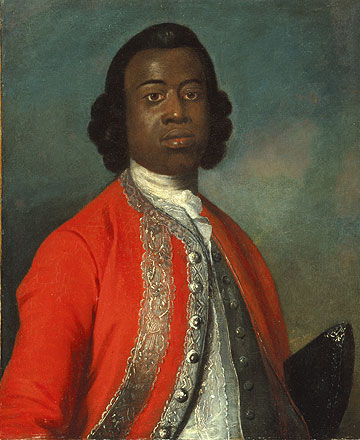
A businessman(caboceer)/political leader & judge, he ruled the coastal city of Anomabo in today’s Ghana from the 1730’s up till his death around 1764. He inherited the position by the stroke of luck because usually, succession for kings was through your sister’s sons. It was not through your own sons. Fortunately (and unfortunately), his father died without a heir, so his peers elected him to the position due to his wealth and respect he earned among fellow big men. His conquests of surrounding areas allowed for the Fante Confederacy to grow throughout the 18th century, with his town (and militia) being the largest of all Fanteland. Also, it was during his rule when the slave trade in today’s Ghana was at its peak with Anomabu supplying the New World with 466,000 persons(the most of any port/slave castle in Ghana). Known to be very treacherous among his countrymen, he was very much feared for his cunning nature. He had no problem using his militia to kidnap the family members of other caboceers & was known to give concubines with known STD/STIs to European captains for his amusement.
Nterio Edem Efiom (ANtera Duke)
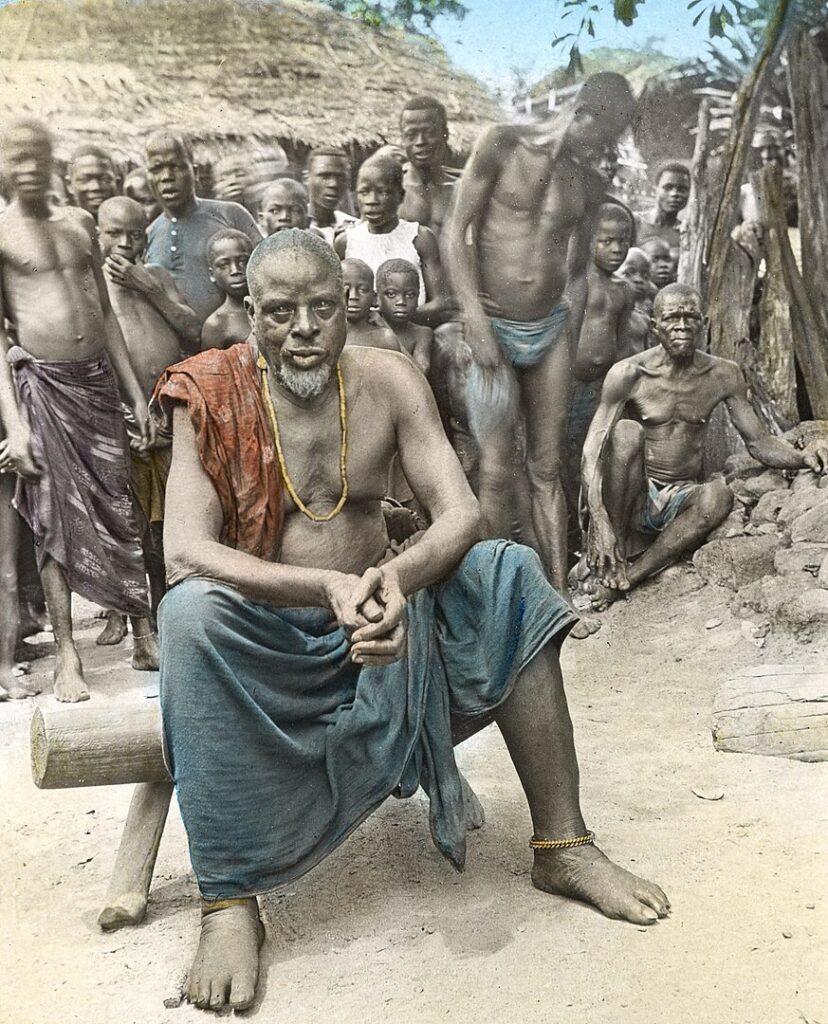
A prominent Efik businessman in today’s Southeastern Nigeria, he wrote a diary between 1785-1788, detailing his experiences in the Ekpe secret society as well as selling the many people coming from the Igbo, Ibibio & Ejagham hinterland. He was a part of the Nyampke class in the confraternity, the highest class below the president & vice president. One had to pay massive dues in order to retain their position. He resided in Akwa Akpa(Duke Town) and traded around 15,000 people along with yams, ivory, and palm oil. This city state was very entrepreneurial societies like the others centered around the Cross River. Characteristics included being very decentralized and headed by family lineages, which of course sometimes led to conflicts around succession rites. One thing I found shocking in his diary is the amount of times he would come on board, free as a bird, and set his feet above the coffles that held so many enslaved persons.
Fransisco de la Souza
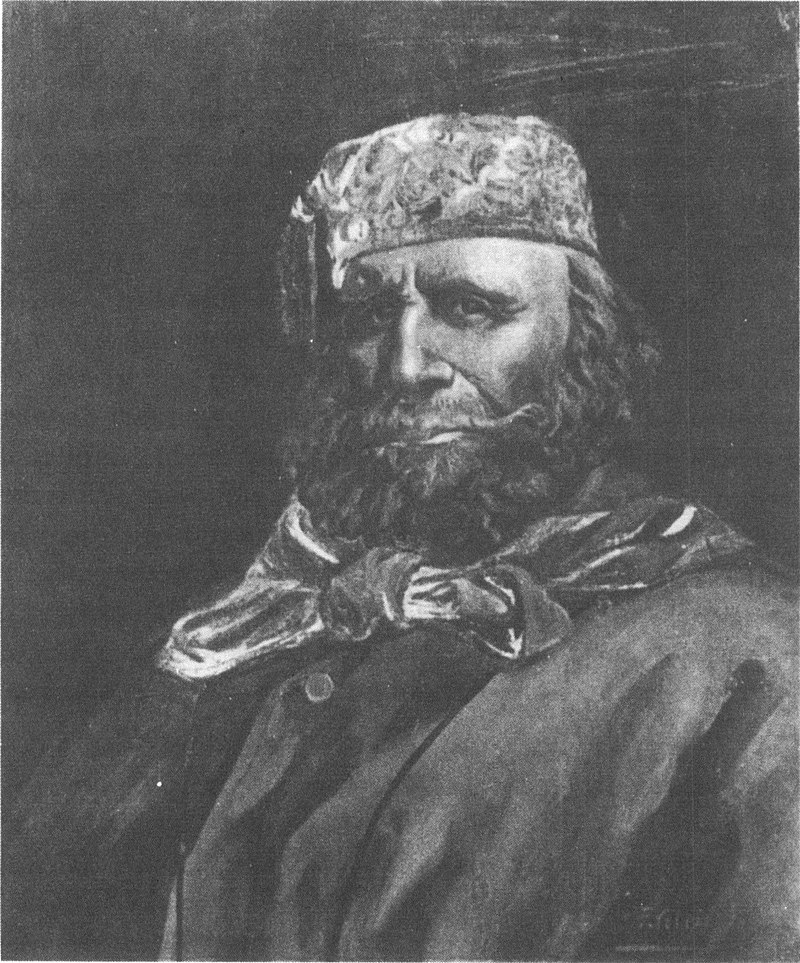
Coming from Bahia, Brazil, it is highly debated whether he was purely Brazilian white or a “mulatto” person of white and black ancestry. Nonetheless, he was poor in Bahia and he took a chance to sail to today’s Ouidah, Benin, an important economic port of the Dahomey Kingdom. At this point, Dahomey was popping off with the slave trade to Brazil and Cuba and he was wanted to take part in the business. He was able to make enough ties and money to influence politics in Dahomey through assisting King Ghezo I in overthrowing Adenuzam. Ghezo then named him chacha (probably because he said ja ja a lot, which means now in Portuguese). He became the chief exporter of enslaved persons from Dahomey to the Americas, even earning a seat in Dahomey’s government. His descendents were able to gain political status in today’s Benin as well and he used his power to create an Afro-Brazilian community for ex enslaved persons coming from Brazil. Their descendants today are (ironically) entrenched in the politics of Togo and Benin.
Caty Louette
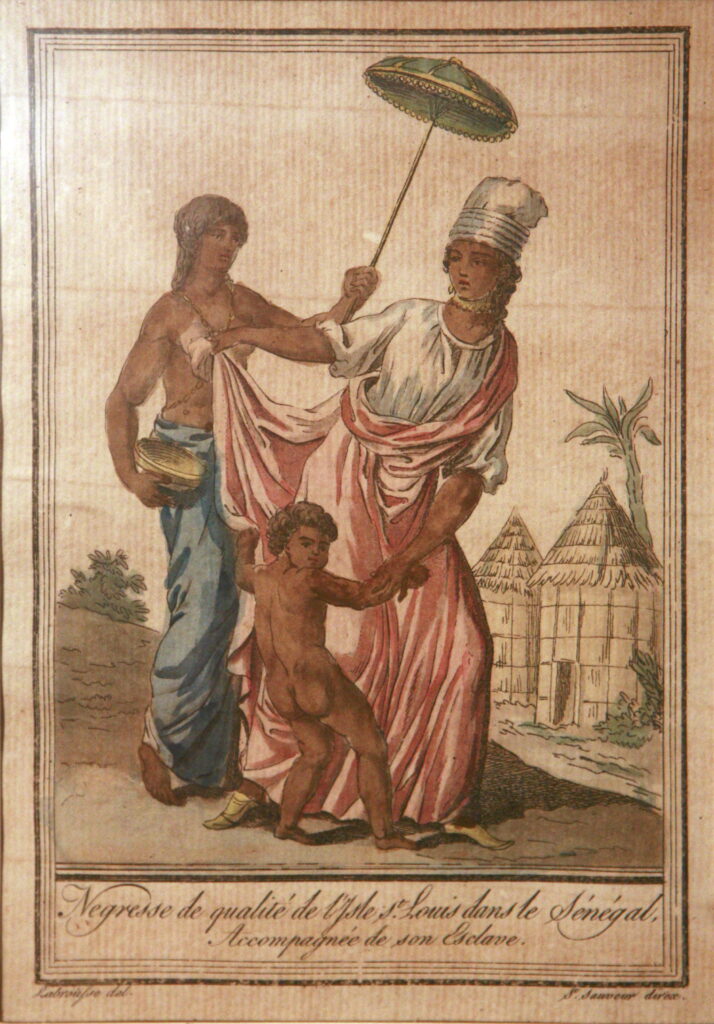
During the early to mid-18th century, Caty Louette was a significant entrepreneur & signare living on Goree Island (today’s Senegal). Signares were African or mixed-race women who gained prominence in today’s Senegal, mostly through marriage to European entrepreneurs who frequented the coast. They wielded much power through slave trading relations with many African clients in Senegambia and especially the European consorts there. Her mother was probably the first signare recorded in Goree. Using her rare skills of reading and writing French, she was able to ascend the ladder & become the richest person on Goree Island. She was even known for being the largest slave owner in Goree, amassing around 68 slaves on her European style stone house compound.
FranCisco Franque
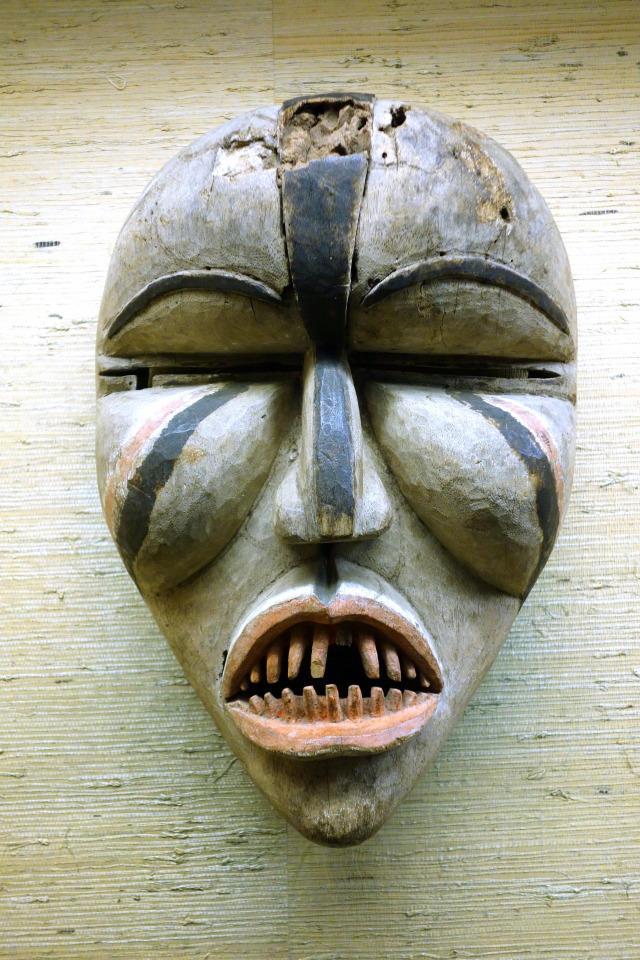
Centered in today’s Cabinda province of Angola, this man was an unlikely purvey of enslaved persons during the 19th century. The Cabinda ports was home to the Kingdom of Ngoyo (former vassal of Kongo) & also three powerful families: the Nkata Kolombos in Taffe, the Nsambos in Porto Rico, and the Npunas (commonly known as Puna) in Simulambuco. They wielded so much economic power during the 18th century, that the actual Maningoyo (king of Ngoyo) had little power in controlling them. This all came to a head when Kokelo Franque was given the possessions of his slave-trading French boss upon his death. His hard work laid the path for little Fransisco to be educated in Brazil. That proved to be a boss move as Francisco used his ties to Brazil to fuel the new unsatiable demand for enslaved people in Brazil to supplant the ruling families throughout the 19th century. His ability to attract dependents, sell other foodstuffs, & supplies & innovate boat making techniques made him a very wealthy & influential man indeed.
